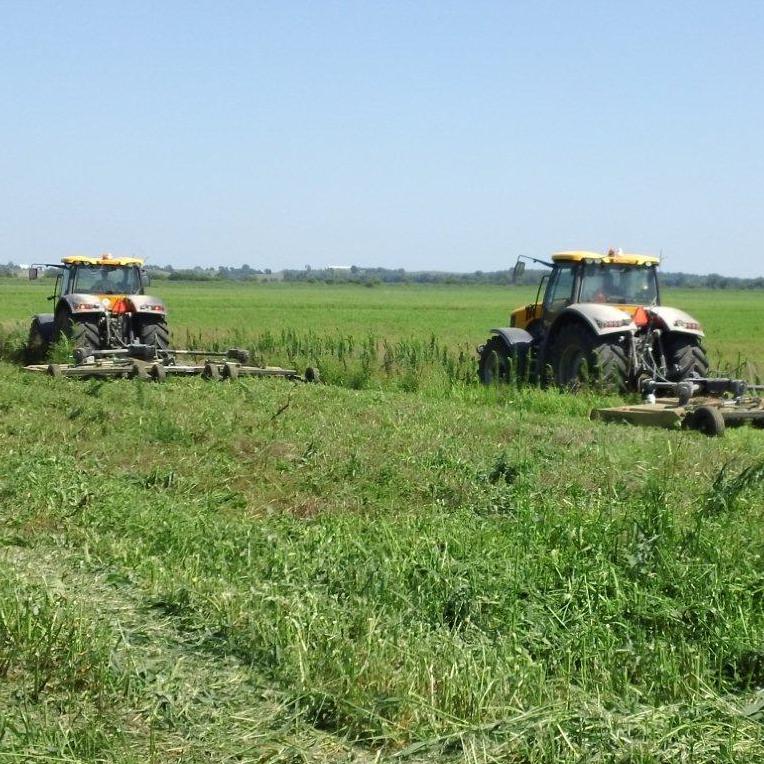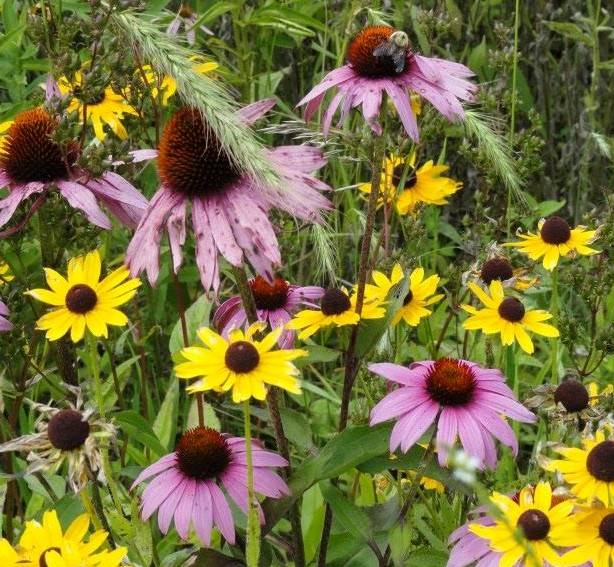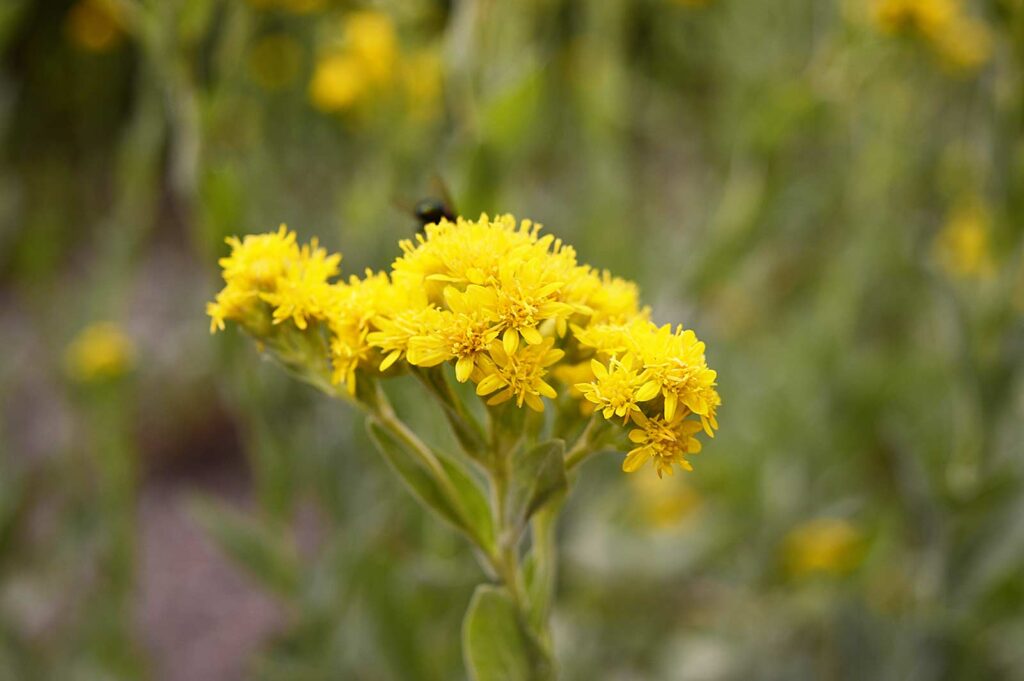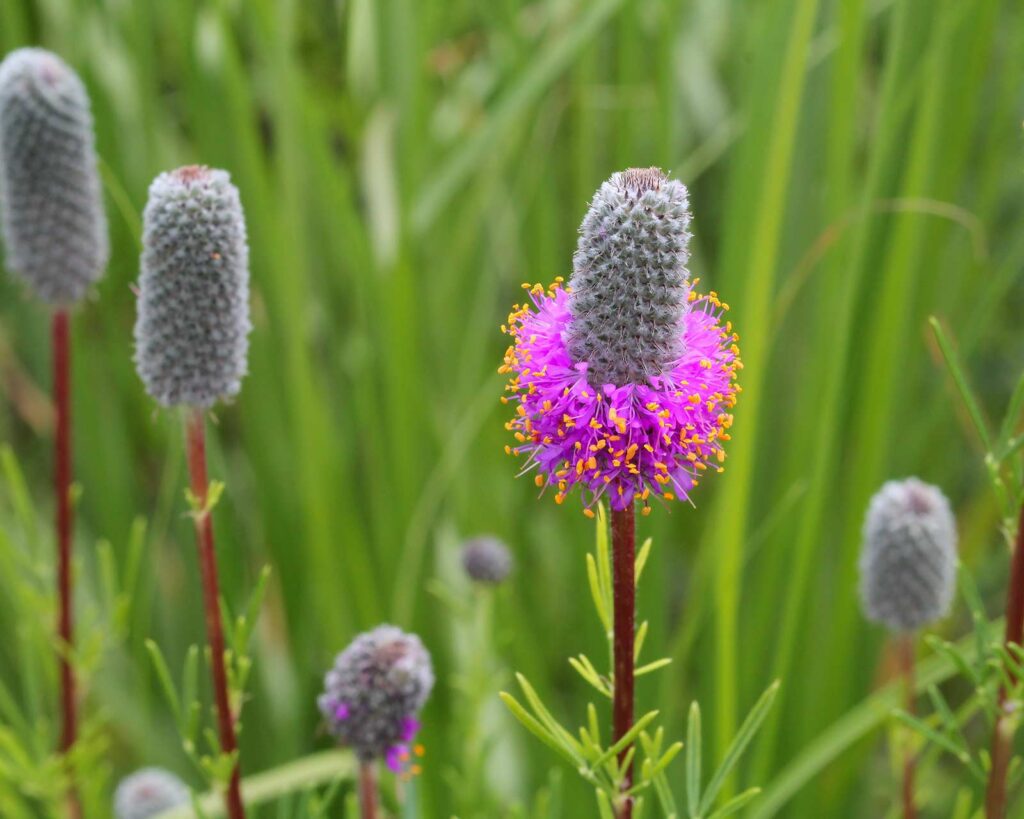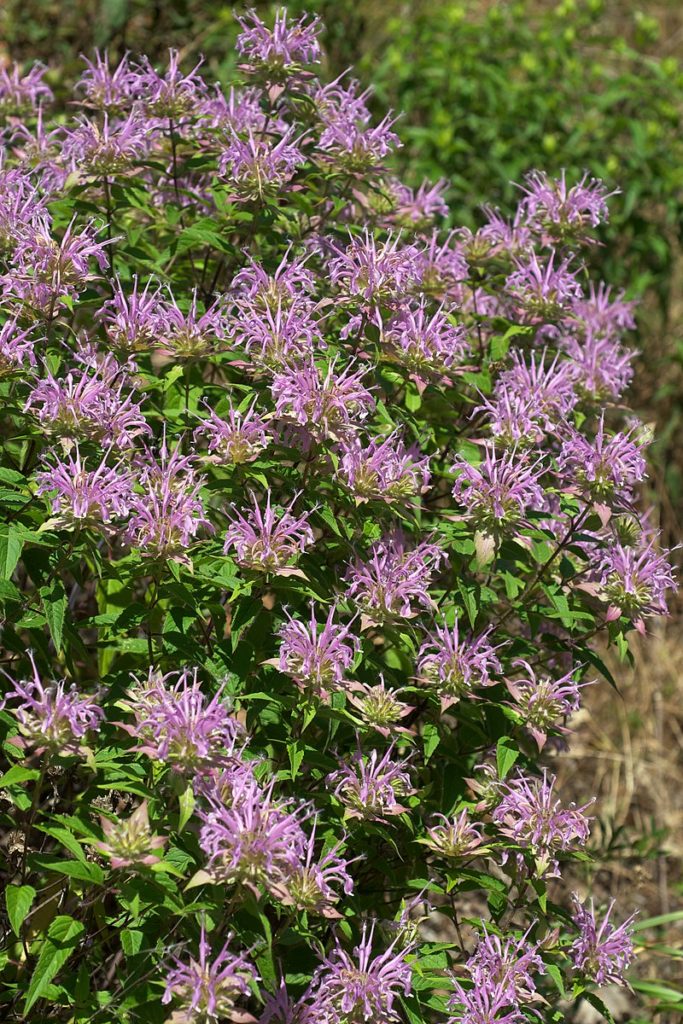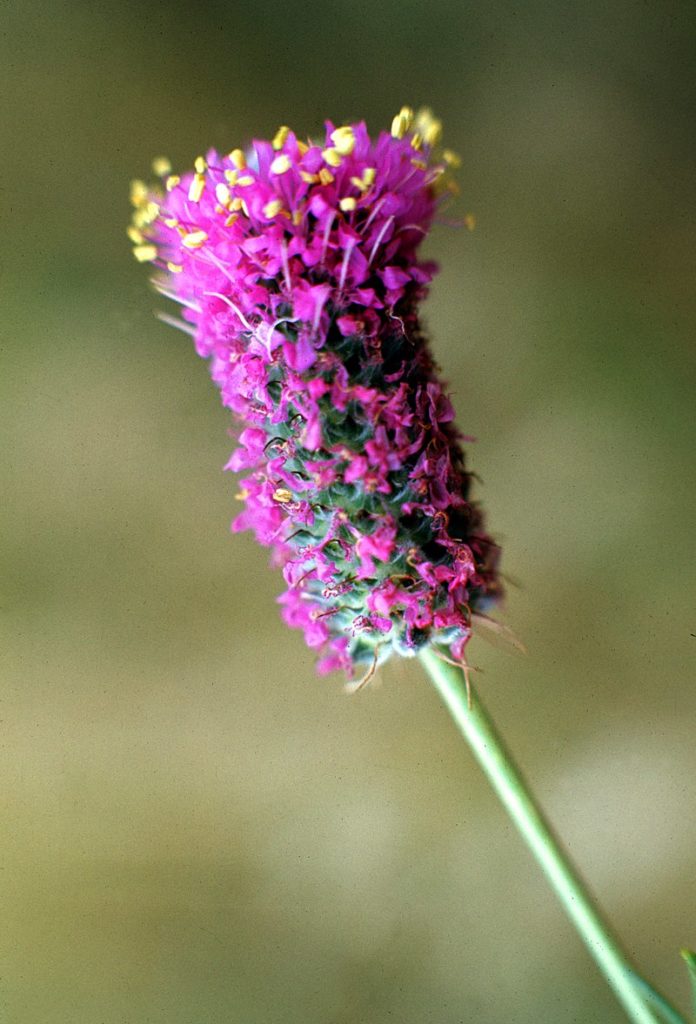Warm Season Grass Establishment Mowing Is Critical to Stand Success
In order to most effectively begin your Conservation Reserve Program (CRP) project, you will need to establish a solid protocol for mowing your grass from the start, typically beginning in June. The seeds we plant need lots of heat, sun, and moisture in order to germinate. The soil temperature needs to stay above 65 degrees […]
Warm Season Grass Establishment Mowing Is Critical to Stand Success Read More »

